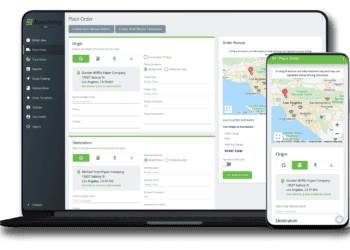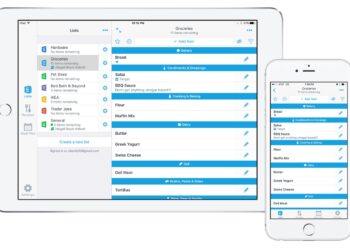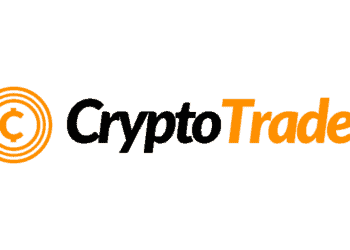Data labelling, in simple terms, is the process of adding a label to data so that computer systems and applications that are driven by AI can recognise the type of data automatically in the future. Labels can be added to a variety of data types, including pictures and text. One of the main reasons for labelling data is to make it possible for algorithms to automatically sort large volumes of data into appropriate categories. Data labelling can be done in a variety of ways, depending on the complexity of the data and the resources that are available to label the data.
Data Labelling Methods
Internal labelling
With internal labelling, a company makes use of their own IT department or staff to label data. This method of data labelling is mainly suited to large corporates with enough resources and staff to dedicate to this labour-intensive endeavour.
Synthetic Labelling
Synthetic data labelling requires less human input and can generate new data from existing data sets. The data labels generated by using synthetic labelling are of high quality and the process itself is efficient. However, synthetic data labelling requires significant computing power which can make it a costly exercise.
Programmatic Labelling
This form of data labelling relies on the use of automated scripts to detect and label data. Since programmatic labelling is prone to erroneous labelling, a human in the loop approach is required to ensure that results are satisfactory.
Outsourcing
In many cases, the outsourcing of data labelling requirements offers a good solution for temporary project needs. Data labelling outsourcing is also a good option for companies and/or organisations that do not have in-house access to data labelling and annotation staff and tools.
Crowdsourcing
Crowdsourcing offers a simple solution to labelling a vast quantity of data cost-effectively. However, it is important to note that the quality of crowdsourced data labelling can be problematic. This is largely due to the high number of people involved in the operation.
How is Data Labelling Used in Everyday Situations?
Data labelling makes data more usable and accessible, which can have many advantages for companies. For example, data labelling in combination with artificial intelligence can be used in the customer support operations of a business to analyse incoming communications. After analysis items like e-mails can be directed to the right department or staff member for them to take action.
In this way, staff members can focus on performing other more complicated tasks which cannot be tackled by AI, facilitating a better return on investment on human capital and technology investments.
Businesses are depending more and more on artificial intelligence to perform routine tasks and artificial intelligence relies on data labelling to function. This makes data labelling an important consideration for every business that is looking to include AI-driven processes in its business model. Because data labelling is quickly becoming an inextricable part of modern businesses, it is important that particular attention is paid to laying proper foundations for future growth and expansion.
Getting Started on Data Labelling in Your Organisation
Only embark on a data labelling project once a clear strategy has been developed. This avoids needing to change the parameters of a data labelling project midway through. It might also be a good idea to use the services of a company that specialises in data labelling to help you with the intricacies of data label project planning.
Data labelling projects should also be undertaken with data security in mind. Many companies work with sensitive or personal data that is protected by data privacy legislation, which is why it is important to look for a service provider that can guarantee data security. Data can be incredibly complex in some cases and labelling complex data is an equally challenging task. In these cases, data scientists might be best suited to analysing and labelling data for future use. If your organisation works with complex data, it might be a good idea to call in the services of a data labelling specialist.
In Conclusion
We rely more and more on technology and artificial intelligence in business to perform a wide range of tasks that would traditionally be done by humans. Data labelling is a critical part of artificial intelligence and without accurately labelled data, the reliability and accuracy of AI-driven technology reduce drastically. As such, every company should endeavour to develop a strategy to accurately label data so that the full potential of AI can be leveraged in every organisation.






